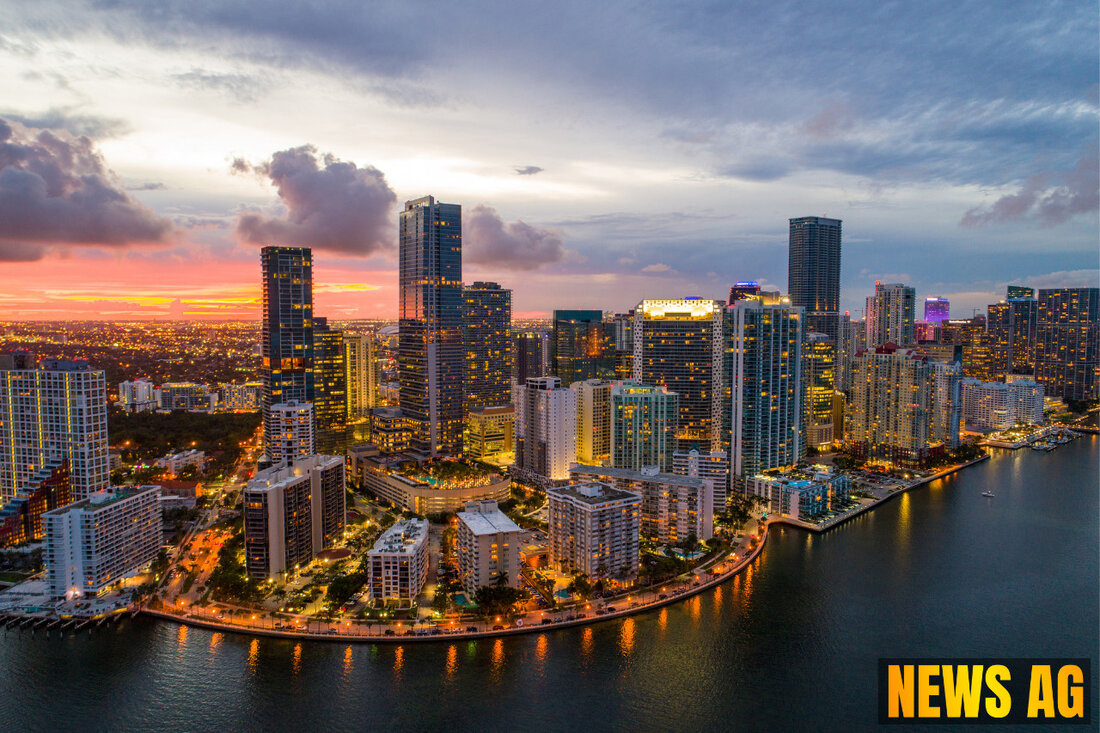NHL Unveils Plans to Chill Loandepot Park for Winter Classic Showdown!

South Miami, USA - The NHL is gearing up for a stunning event this winter at LoanDepot Park, ensuring that ice hockey excitement in sunny Florida does not melt away. The league is taking extensive measures to orchestrate a perfect ice-making operation, utilizing two custom-built Mobile Refrigeration Units. These specialized ice plants will operate from semi-trailers, a concept that aims to provide redundancy in case of equipment issues, according to NHL.com.
NHL executive vice president of hockey operations Kris King has been hands-on, employing a laser measuring tool to determine the best fit for the trailers behind right field. It’s a meticulous process that even includes ensuring proper ventilation for the warm, humid air that will escape, without causing any disruption to the stadium’s structure. As part of the operation, pipes will be routed directly from the trailers to the field, which necessitates cutting a hole in the wall that will be patched up afterward. “The hole’s location is crucial to minimize disruption,” King mentioned during the site visit.
Maintaining Optimal Conditions
The ambitious project is not just about keeping ice intact; it’s about creating a suitable ice-making environment. The aim is to cool LoanDepot Park to the low 60s or high 50s during the ice building process. Interestingly, the NHL isn’t too worried about external weather conditions like sun or rain during this crucial phase. As Derek King noted, there’s a difference in air conditioning expectations between stadium employees and NHL operations, and this adjustment is vital for ice quality.
The science of ice maintenance goes beyond just the surface. As reported by Popular Mechanics, the process begins with a refrigeration system embedded in the arena’s concrete. For even quality, water purification systems are in place to ensure that every NHL rink across North America maintains consistent ice quality. Local water characteristics, especially mineral content, also play a role in the final product, with some venues using reclaimed rainwater for ice.
The standard size for an NHL ice sheet measures 200 feet by 85 feet, and the inaugural build at LoanDepot Park will surely follow the league’s stringent guidelines. The construction of ice involves a bonding layer applied with cold water, followed by layers of paint, logos, and ultimately a thickness of 1 to 1.5 inches achieved through extensive water application—up to 15,000 gallons over several days. Naturally, maintaining the right conditions—between 22-23°F for the ice surface—requires constant monitoring, especially as external temperatures fluctuate.
A Challenge in Water Quality
Notably, the choice of water significantly impacts the ice quality as well. According to insights from Jet Ice, using soft water in ice arenas can be detrimental; this „sodium water“ contains metallic ions that lead to inferior ice quality. Hard water, which contains different salts, has properties that are generally better for creating a firm ice surface. The maintenance of sodium content and overall water quality becomes paramount in achieving a rink that can withstand the rigor of both hockey games and other events.
As we look towards the winter classic, there’s something to be said for the meticulous preparations being undertaken at LoanDepot Park. With state-of-the-art equipment and focused planning, the NHL is not leaving any stone unturned to create an experience that melds the thrill of ice hockey with the unique backdrop of Florida’s balmy climate. Ice-making in a place known for sunshine indeed poses a challenge, but with these expert measures, players and fans alike are in for a remarkable sight.
| Details | |
|---|---|
| Ort | South Miami, USA |
| Quellen | |
